On Earth, which supports a huge amount of fauna. One of the reasons for such a wide variety is constant heat. Tropical rainforests also contain vast reserves of water (2000 to 7000 mm of precipitation falls annually) and a variety of animal food. Many small animals, including monkeys, birds, snakes, rodents, frogs, lizards and insects found in the rainforest have never set foot on the ground. They use tall trees and undergrowth to hide from predators and search for food.
Because there is a huge variety of animals (40-75% of the Earth's animal species) competing for food, many species have adapted to eat certain foods that others do not. For example, toucans have a long, large beak. This adaptation allows the bird to reach fruit on branches that are too small to support the weight of the bird. The beak is also used to extract fruit from the tree.
Sloths use behavioral adaptations and camouflage to survive in the rainforest. They move very, very slowly and spend most of their time hanging upside down. Blue-green algae grow on their fur and give sloths their greenish coloration and protect them from predators.
This article examines the structure of the rainforest and some of the animals that live in its layers, from the litter to the top tier.
forest floor
The forest floor is the lowest layer of the rainforest and receives only about 2% of sunlight. Thus, the plants growing here are adapted to low light conditions. Thus, relatively large animals such as okapi, tapirs, Sumatran rhinoceros, etc. live in the lower level of the rainforest. A large number of reptiles, insects, etc. also occur in this layer. Organically, substances (of plant and animal origin) are collected in the forest floor, where they decompose, such as and.
Okapi
Okapi (Okapia johnstoni listen)) is a unique mammal species that is native to the rainforests of the Democratic Republic of the Congo in Central Africa. Although okapi have distinctive zebra-like stripes on their limbs, they are more closely related to giraffes. Okapi are diurnal and solitary in nature. These rainforest animals feed on tree leaves and buds, fruits, ferns, and fungi.
Tapir
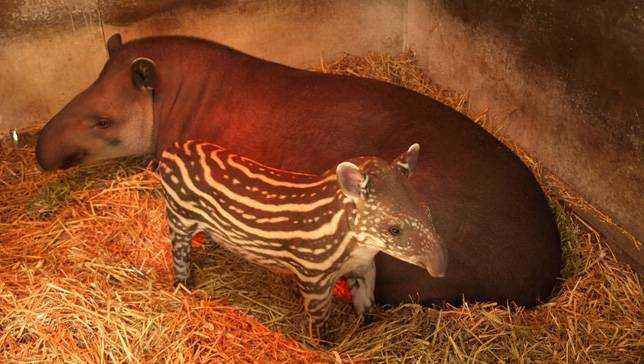
Tapir ( Tapirus sp.) are pig-like herbivorous mammals with a short, tenacious muzzle. These rainforest animals are found in the forests of South and Central America, as well as in Southeast Asia.
Sumatran rhinoceros
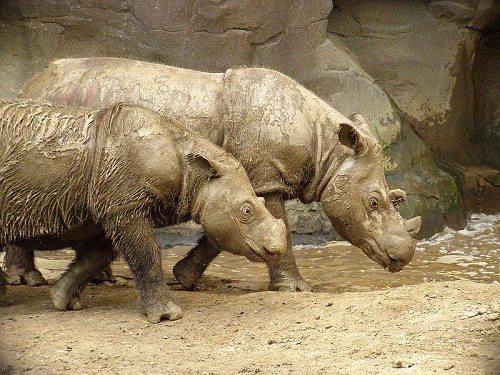
One of five surviving rhino species, ( Dicerorhinus sumatrensis) lives in the tropical forests of Borneo and Sumatra. It is the smallest species of rhinoceros in the world and has two horns. The Sumatran rhinoceros is on the verge of extinction as poachers actively hunt for its horns, which are used to make traditional medicines in China and Vietnam.
western gorilla
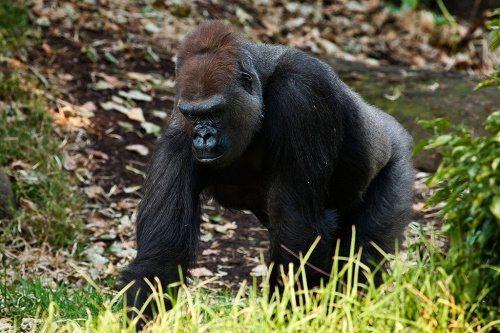
Western gorilla ( gorilla gorilla) is found in the forests of Central Africa. These animals are extremely intelligent and can use tools to obtain large amounts of food. The western gorilla is critically endangered today. Hunting for gorilla meat and the reduction of their natural habitat are two of the main threats to these amazing primates.
Undergrowth
The rainforest undergrowth is between the forest floor and the canopy, and it only receives about 5% of the sunlight. This level is home to a large number of small mammals, birds, reptiles and predators such as the jaguar. Small trees, shrubs and herbs grow in the undergrowth. As a rule, plants at this level rarely reach 3 m in height and usually have broad leaves to provide a large surface area for.
Jaguar
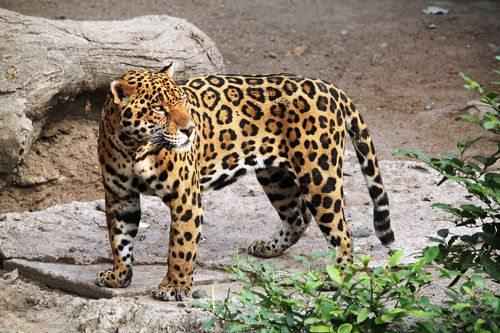
(Panthera onca) is the largest species in the Americas, and the third largest in the world after and. The jaguar prefers to live in tropical forests and is distributed from Central America to Argentina and Paraguay. It is very similar to a leopard, but more muscular and larger. The jaguar is a solitary superpredator in which it dwells.
Dart frogs
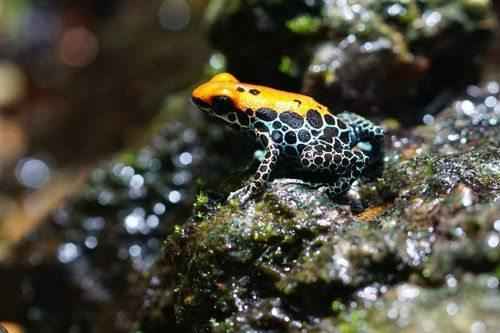
About three species of frogs from the poison dart frog family are deadly. The terrible leaf climber is considered the most dangerous among the three species and one of the most poisonous animals on Earth. These frogs are painted in bright colors including gold, red, green, blue and yellow to protect them from predators. This feature is known as aposematic coloration.
South American nosoha
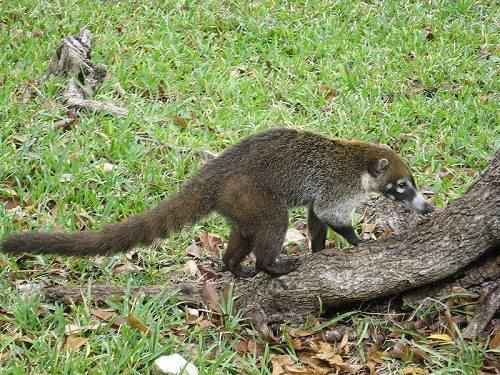
Also known as coati ( Nasua nasua), this animal lives in the tropical forests of South America. Most of the range is in the lowlands east of the Andes. It is a diurnal animal that lives both on the ground and in trees. The diet includes fruits, other small animals and bird eggs.
common boa constrictor
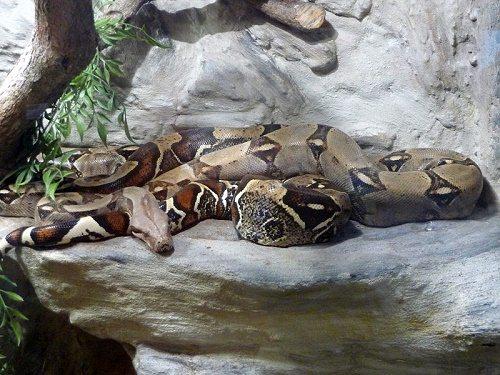
common boa constrictor ( Boa constrictor) is a massive snake that is found in forests throughout America, as well as on the islands of the Caribbean. Although boas live in a wide variety of places, they prefer rainforests due to high humidity and suitable temperatures. In addition, rainforests provide ample cover and many food sources for these snakes.
forest canopy
The forest canopy (or canopy) is the most distinctive level of the rainforest, forming a roof over the undergrowth and forest floor. The canopy contains most of the largest trees in the rainforest, growing up to 30-45m in height. Broad-leaved evergreen trees dominate the canopy, making it the densest part of the rainforest. It is home to over 20 million species and a large number of birds, as well as mammals, invertebrates and reptiles.
Jaco
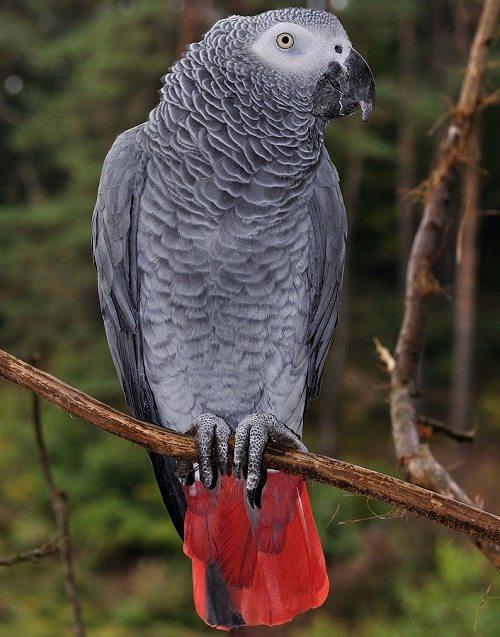
Jaco, or African gray parrots ( Psittacus erithacus) are medium-sized, gray-black birds common in equatorial Africa. Birds are currently classified as Near Threatened and number between 120,100 and 259,000.
rainbow toucan
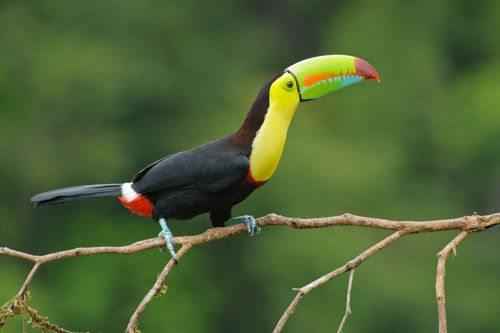
Rainbow Toucan ( Ramphastos sulfatus) is common in the tropical forests of Latin America. In this environment, it settles in tree holes, often with other toucans. Overcrowded roosting sites force toucans to tuck their beaks and tails under their bodies to save space.
coats
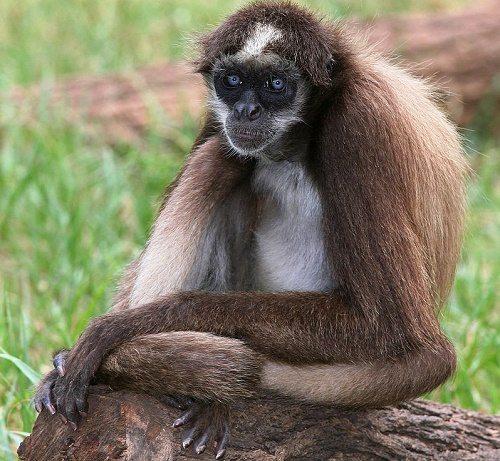
Koats are a genus belonging to the family of spider monkeys. They live in the tropical forests of Central and South America, from Mexico to Brazil. All seven coat species are endangered to some extent. These primates live in large groups of about 35 and split into smaller groups to forage during the day.
Three-toed sloths
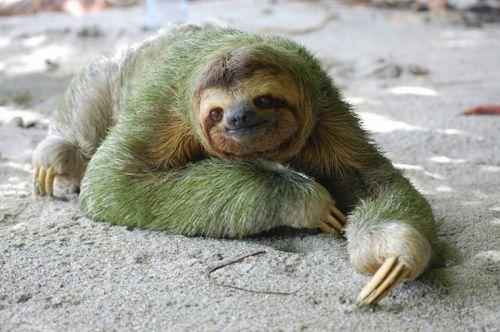
Three-toed sloths are a family of arboreal mammals found in South and Central America. These rainforest animals are so named because of their slow gait, which is an adaptation to conserve energy. Sloths have the body size of a small dog or a large cat, and have three clawed toes on each limb.
Gold-helmed kalao
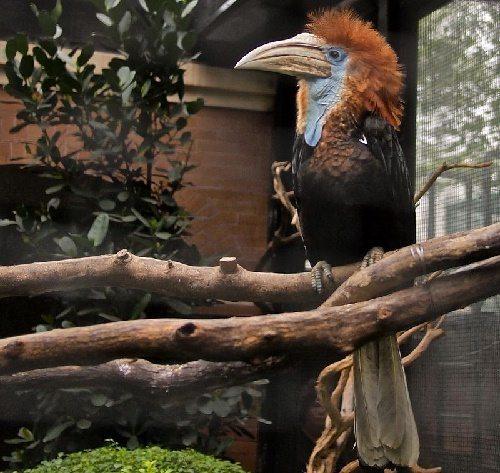
Golden Helmet Kalao ( Ceratogymna elata) lives in the rainforests of West Africa. It is one of the largest birds in this environment and lives in forest canopies and rarely feeds on the ground. Birds of this species live in small family groups consisting of an adult pair and several chicks.
kinkajou
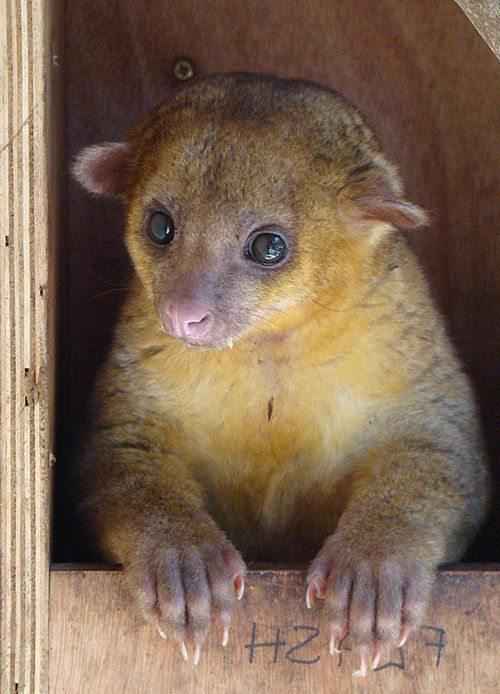
The kinkajou is one of the rainforest animals that is mistaken for a monkey or a ferret. The kinkajou is native to the tropical forests of Central and South America. These nocturnal animals are arboreal and have an omnivorous diet. Unfortunately, they are hunted for their valuable wool.
Upper tier
At this level of the rainforest there are several giant trees reaching a height of about 45-55 m or even higher. Thus, these trees rise above the canopy. They are well adapted to withstand strong winds and high temperatures over the canopy. When such trees die, holes form in the canopy, allowing sunlight to reach the lower layers of the rainforest.
crowned eagle
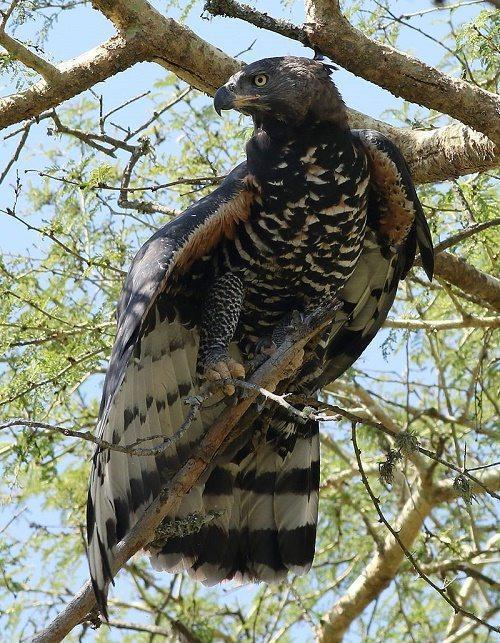
crowned eagle ( Stephanoaetus coronatus) is a massive and fierce predatory predator, common in the upper tier of tropical forests. The eagle primarily feeds on mammals, including small ungulates, small primates, birds, and lizards. It is one of the largest eagles in Africa, but is now classified as Near Threatened by the IUCN due to large-scale habitat destruction.
royal colobus
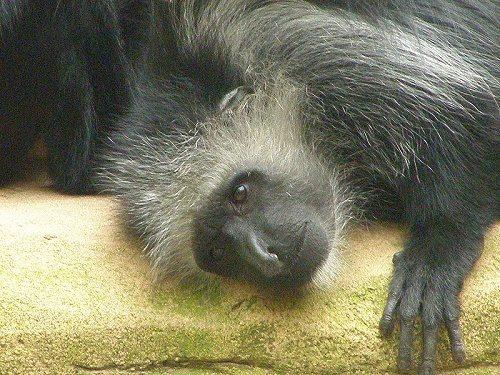
Royal Colobus ( Colobus polykomos) is one of the rainforest animals that is found in the African rainforests in countries such as Senegal, Liberia, Guinea, Sierra Leone, Guinea-Bissau and Ivory Coast. The king colobus lives in the upper tier of the forest, but feeds, usually on the ground 3 to 4 females and 1 to 3 males form together one social group.
Giant flying fox
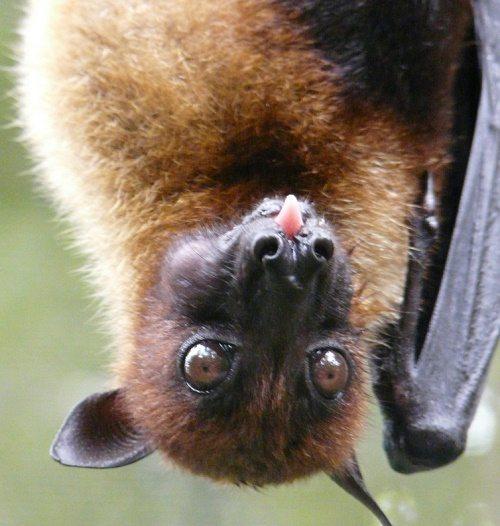
Giant flying fox ( Pteropus vampyrus) is one of the largest bat species in the world. It lives in tropical forests, where it feeds exclusively on nectar, fruits and flowers. Although these bats do not have the ability to echolocate, they use their keen eyesight to locate food sources.
